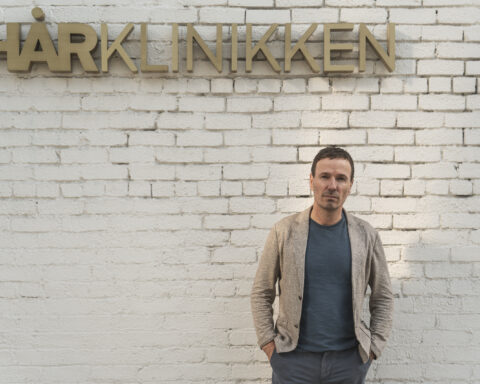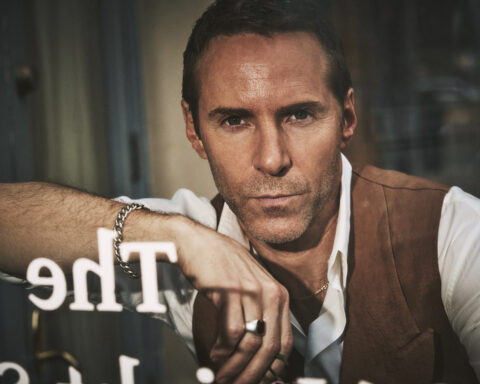Dan Klein uses a lifetime of experience in drama and improvisation to teach business leaders to tell their own stories, and his techniques could help us all nail that next presentation, pitch, or even best man’s speech.
He is on faculty of the drama department at Stanford University, California, and in recent years has also been giving lectures at the esteemed institution’s Graduate School of Business, as well as helping to train global business leaders in the art of communication through his workshops.
“I came into this world through improvisational theater, which is getting up on stage and making up stories that hold the audience’s attention” he explains. “In the 1970s, there was a big movement of storytelling festivals where people would get up and tell myths and cultural folk tales in front of an audience.
“But in recent years, the storytelling world has undergone a shift, and now there’s a big movement of telling true personal stories. We have things like The Moth, Porchlight, and Risk!, where people get up on stage and tell true stories about their lives.
“About 10 years ago, I started teaching a class with my wife and partner Michelle Darby called StoryCraft, where we took elements of presentation, presence, and authentic communication, and taught people how to stand up and tell a true story. Through this we learned what makes for a compelling and effective story, and how to tell it.
“The most important thing is that in the climax of the story, you have to be changed, or things are different than they were before. If you’re not changed, it’s just an anecdote.”
We all have a lifetime of compelling stories to tell, but sometimes it can be hard to remember them, and then do them justice in public. Or perhaps we want to hone the story of our business, or a creative idea for a pitch or presentation. Whatever story we are telling, here Dan shares five tips for bringing it to life.
ONLY MEMORIZE THE FIRST AND LAST LINE
“Don’t memorize your story, but do memorize the first and last line. This changes the game entirely. We got this tip from a storyteller called Joel ben Izzy. It honors the listener and makes your story feel more professional by not sliding in or tailing off. Know how you’re going to open, and stick to the landing. I can’t tell you how many times people get to the end of their story and say, ‘So yeah, anyway, that’s my story…’ That is not the last line of your story!”
MIX UP THE DETAILS
“We always suggest people think about adding four details to their story: a visual detail, an auditory detail, a somatic or kinesthetic detail, and a digital detail. If everyone did this, their stories would level up. Rather than describe an emotion, describe the physical embodiment of the emotion. So if we’re describing being at a party, instead of saying, ‘It was really crowded,’ you could give a kinesthetic detail, ‘I felt sweaty shoulders push up against me.’ Or give a digital detail, a precise number, ‘There were 75 people in a 540 square foot apartment.’ And don’t say, ‘I was nervous,’ instead say, ‘My mouth went dry.’ If you can give details in these four different categories, it really fleshes out your story, and captures your audience in all these different ways.”
ADD SOME MYSTERY OR SUSPENSE
“Often what made an experience memorable at the time was you felt some mystery or suspense that then got resolved, but we then forget to keep that ingredient when we tell it. Don’t start your story by saying, ‘This is a story about how we almost won the championship.’ Add some suspense, and let the story build up until that reveal. Or, add some mystery, where you have something happen that is not fully explained to the audience until the end. Kamala Harris used this technique in the presidential debates. She told a story of a little girl who was bused to school, and then revealed at the end, ‘That little girl was me.’
WATCH OUT FOR FILLER WORDS
“We hear a lot of concern about filler words, ‘like’ and ‘you know’ and things like that. But when it comes to storytelling, those are not the worst. The main ones to look out for when we are storytelling are ‘and’ and ‘so’. They undermine the power of the story and when we take them out, it becomes much more compelling.”
USE THE POWER OF THE PAUSE
“One of the classes I teach at the Business School is called Acting With Power. It’s about how to turn up in a way that is both empathetic and connected, but at the same time credible and authoritative. And pausing is almost like the secret power. There’s two kinds of pause, the pause between ideas that allows the meaning to settle, which is really critical, and there’s the other pause that we call the dramatic pause, where we hang on the edge, and then land on it. The power of the pause is really incredible.”











